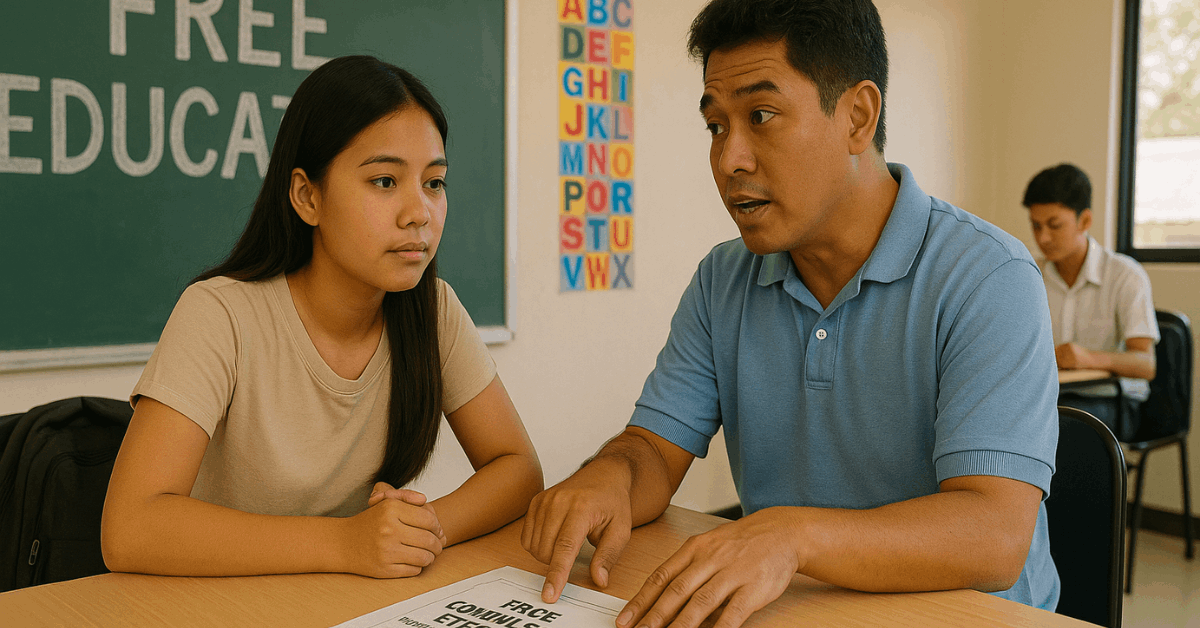Education is the foundation of equal opportunities in every society. The idea of free compulsory education ensures that every child has the right to attend school without financial barriers.
This model is recognized worldwide as a basic right for all children regardless of background. In this article, you will learn about the procedures, covered levels, and benefits of this system.
Legal Basis of Free Compulsory Education
Every education system is shaped by laws and policies that establish compulsory schooling. Governments legislate to make education free and accessible to all children.
These rules set the starting age, usually between 5 and 7 years old, and outline the funding structure. International agreements like the UN Convention on the Rights of the Child strengthen these commitments.
Most systems require at least nine years of study to ensure consistent learning. National and local governments carry the responsibility for funding and regulation to guarantee no child is excluded.

Covered Education Levels
Compulsory education covers different stages that vary across countries. It usually begins with primary school and extends to secondary levels, with some systems including additional years as noted by UNESCO Education Levels.
Primary Education
Primary education teaches basic literacy and numeracy skills. It introduces social values and cooperative learning. Children build confidence in structured education. This stage creates the foundation for future learning.
Lower Secondary Education
Lower secondary develops advanced knowledge. Students study science, mathematics, and civic education. It prepares them for vocational or academic paths. Critical thinking and problem-solving are reinforced.
Higher Levels of Schooling
Some systems expand compulsory years to senior high school. Others add technical or vocational programs. These expansions give wider career choices. They support smooth transitions to adulthood.
Variations Across Countries
Coverage differs by national capacity. Wealthy nations often extend years and add services. Developing nations may limit schooling to basic levels. Policies reflect economic priorities and resources.
Enrollment Procedures
Enrollment is a simple process for parents and guardians. Governments create standardized steps to make it accessible for all families, as outlined by OECD Education Policies.
Eligibility
Children must fall within the defined age bracket. This ensures they start school at the correct stage. Age requirements vary by country. Schools verify this during registration.
Application
Parents submit forms to designated local schools. Applications are checked for completeness before approval. This process ensures fair access for all. It is the first official step to secure a spot.
Deadlines
Registration periods are set by education authorities. They usually open months before the school year.
Families must meet these deadlines to avoid delays. Late applications may face restrictions.
Transfers
Students moving districts can re-enroll without losing their place. Transfer rules are designed to be flexible.
This helps families who relocate for work or personal reasons. It maintains continuity in education.
Digital Options
Many governments offer online enrollment platforms. For example, the U.S. Department of Education and local ministries provide resources.
Digital systems also reduce paperwork and waiting times. They provide broader access for families in remote areas.
Required Documentation
Enrollment requires documents to confirm eligibility. These ensure identity and residency are properly verified, as explained in World Bank Education Systems.
- Birth Certificate: Confirms legal age for enrollment.
- Proof of Residence: Ensures the child attends a school in the correct district.
- Academic Records: Used for transfers or higher grade placements.
- Health Records: Vaccination and medical history for safety.
These requirements help standardize enrollment across the system. They also prevent misuse and ensure equal opportunities for all children.
Accessibility and Inclusivity
Compulsory education must include all children. Special policies address the needs of marginalized groups. Governments and schools build programs that make education accessible.
These include both physical and financial support, as promoted by UNESCO Inclusive Education. Children with disabilities receive tailored programs and support services.
Rural and remote areas benefit from mobile schools and digital learning. Programs also exist for children who missed earlier enrollment. Each initiative ensures that no child is left behind in the system.

Costs and What is Covered
Free education does not remove all expenses. Tuition is paid by the government, but families still face some indirect costs.
- Tuition: Fully covered at compulsory levels.
- Books and Supplies: Free in some countries, subsidized in others.
- Uniforms and Meals: Often included to reduce family costs.
- Extra Activities: Parents may pay for sports or enrichment classes.
These supports vary by nation. They determine how accessible education really is for poorer families.
Benefits of Free Compulsory Education
Compulsory education provides clear benefits for individuals and society. It strengthens development and helps solve major social and economic challenges, as outlined in UNESCO Education Benefits.
- Literacy Growth: Improves national literacy and numeracy rates.
- Economic Impact: Increases future job opportunities for children.
- Social Equality: Reduces barriers between rich and poor.
- Reduced Child Labor: Keeps children in school and out of hazardous work.
Each benefit reinforces the importance of keeping education accessible to all.
Challenges and Limitations
Despite progress, challenges remain. Free compulsory education often struggles with implementation. Many nations face funding and resource problems.
Addressing these barriers is necessary for long-term success. Overcrowded classrooms reduce quality of instruction. Teacher shortages lower student performance.
Families still face hidden costs like transport or uniforms. Rural regions often receive fewer resources compared to urban centers. Each of these issues impacts the effectiveness of compulsory schooling.
Case Studies by Country
Examples from different nations show how free education works. Some systems are strong, while others still develop. Comparing models provides useful insights.
- Finland: Offers free meals, books, and transport with excellent outcomes (Finnish National Agency for Education).
- Japan: Strong emphasis on equality and national curriculum (MEXT - Ministry of Education, Culture, Sports, Science and Technology).
- Brazil: Expands access but still struggles with regional inequalities (Ministry of Education Brazil).
- Kenya: Abolished fees but faces high class sizes and teacher shortages (Kenya Ministry of Education).
These examples highlight both achievements and ongoing challenges. Lessons from successful countries guide others in reforming their systems.
Future of Compulsory Education
The future direction of education continues to evolve. Governments expand definitions of what compulsory schooling includes. Digital tools and policy changes shape the next generation of students.
Early childhood education is being added in many nations. Technology is improving access in remote communities. Some countries extend compulsory years to include senior high school.
Global goals like SDG 4 support these expansions, according to the United Nations SDG 4. The future lies in creating systems that reach every child.
Conclusion: Ensuring the Right to Learn
The principle of free compulsory education guarantees every child access to learning. Enrollment procedures and covered levels show how this right is implemented worldwide.
Despite challenges, the benefits to society and individuals remain clear. Parents and communities should embrace these opportunities to secure better futures for all.




















